Turntable D.I.Y | Hacking Vinyl
Will it float or just another floater?
Will it float or just another floater?
To make the experience fit your profile, pick a username and tell us what interests you.
We found and based on your interests.
How to piss of Australians by simply thanking them (leaving that group).. the abuse I get online..
I must say that Hackaday is the friendliest crowd
(apart from some curators refusing to add some of the projects to specific collections)
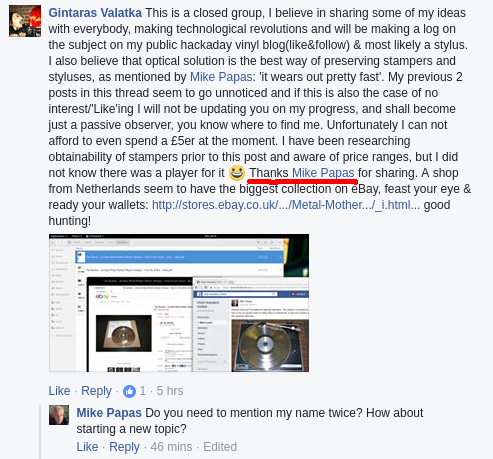
Playing stampers https://www.facebook.com/phonopress/videos/748715011886306 <- must watch
Sourcing stampers http://stores.ebay.co.uk/acetates4sale/Metal-Mother-Stampers-/_i.html?_fsub=8414872014
Optical reading of stampers could be fun, reflective surface like a CD..
Happy International Music Day!Vinylmania: When Life Runs at 33 Revolutions Per Minute (2012)
Why not build LEDs directly into the cartridge? For DJ's or home use, I suspect that the most popular light right now is by Ikea.
The only other cartridge with LED that I could find is from DS Audio https://www.whathifi.com/news/worlds-first-optical-phono-cartridge-to-go-sale-ps6250 but they are in the business of mechanical->optical->analog conversion
So yeah, go build it yourself, but if you do it commercially without me, you will be named and shamed :D Haha, might open a mod shop
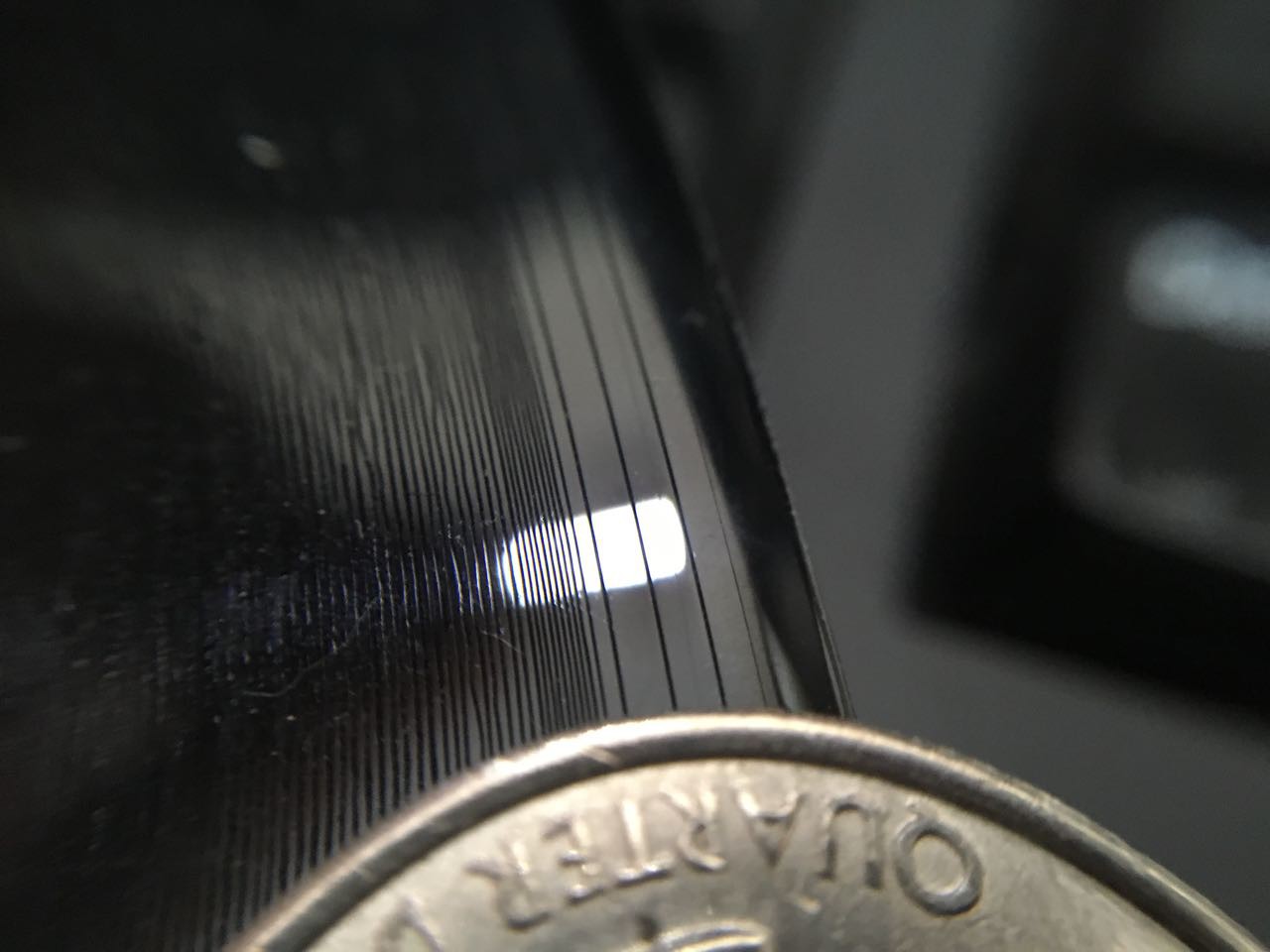
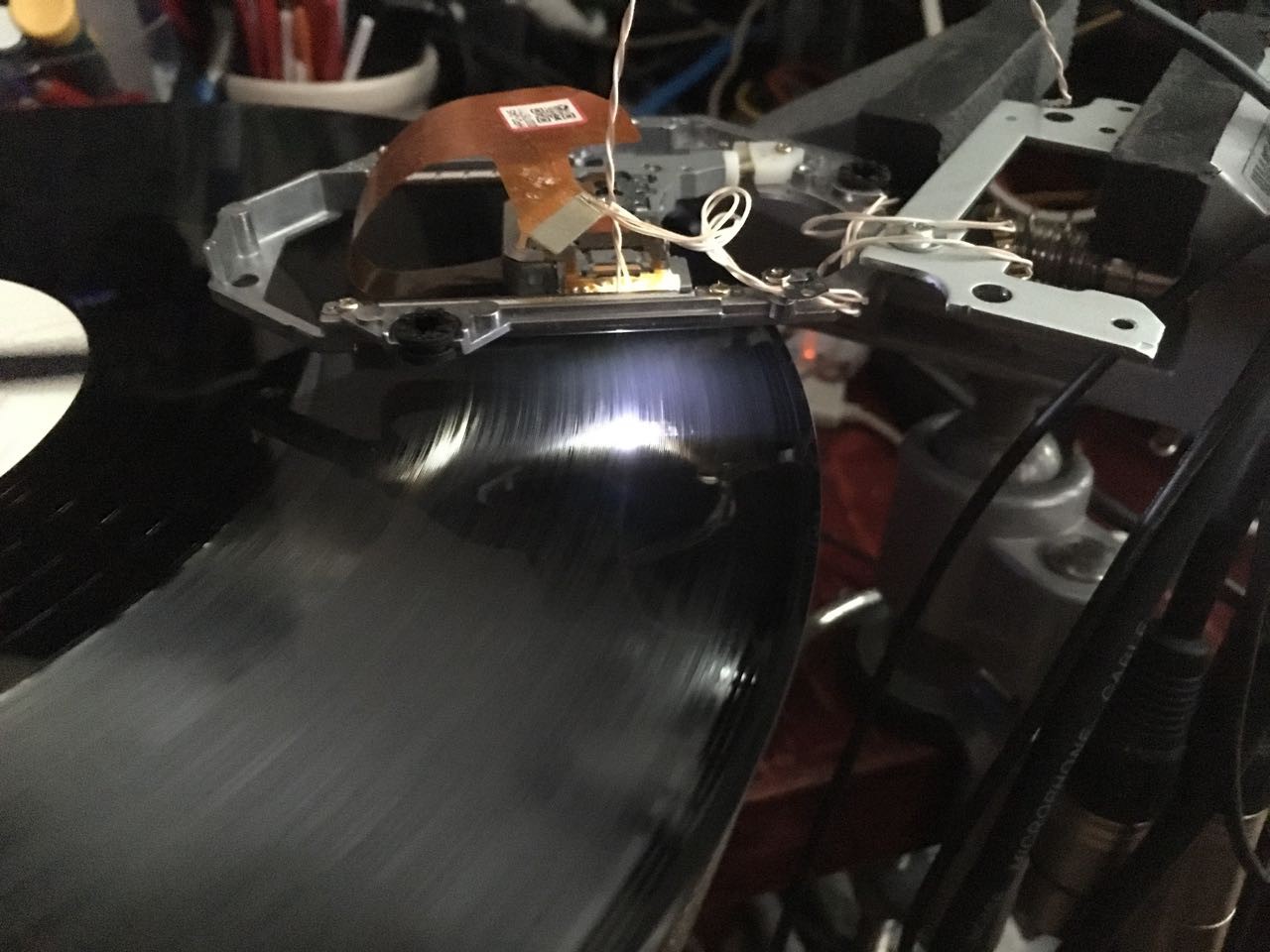
LEDs were saved form my old Nokia 3100 that were used to light up the keyboard, only measuring around 1.8x0.65mm super tiny and lightweight

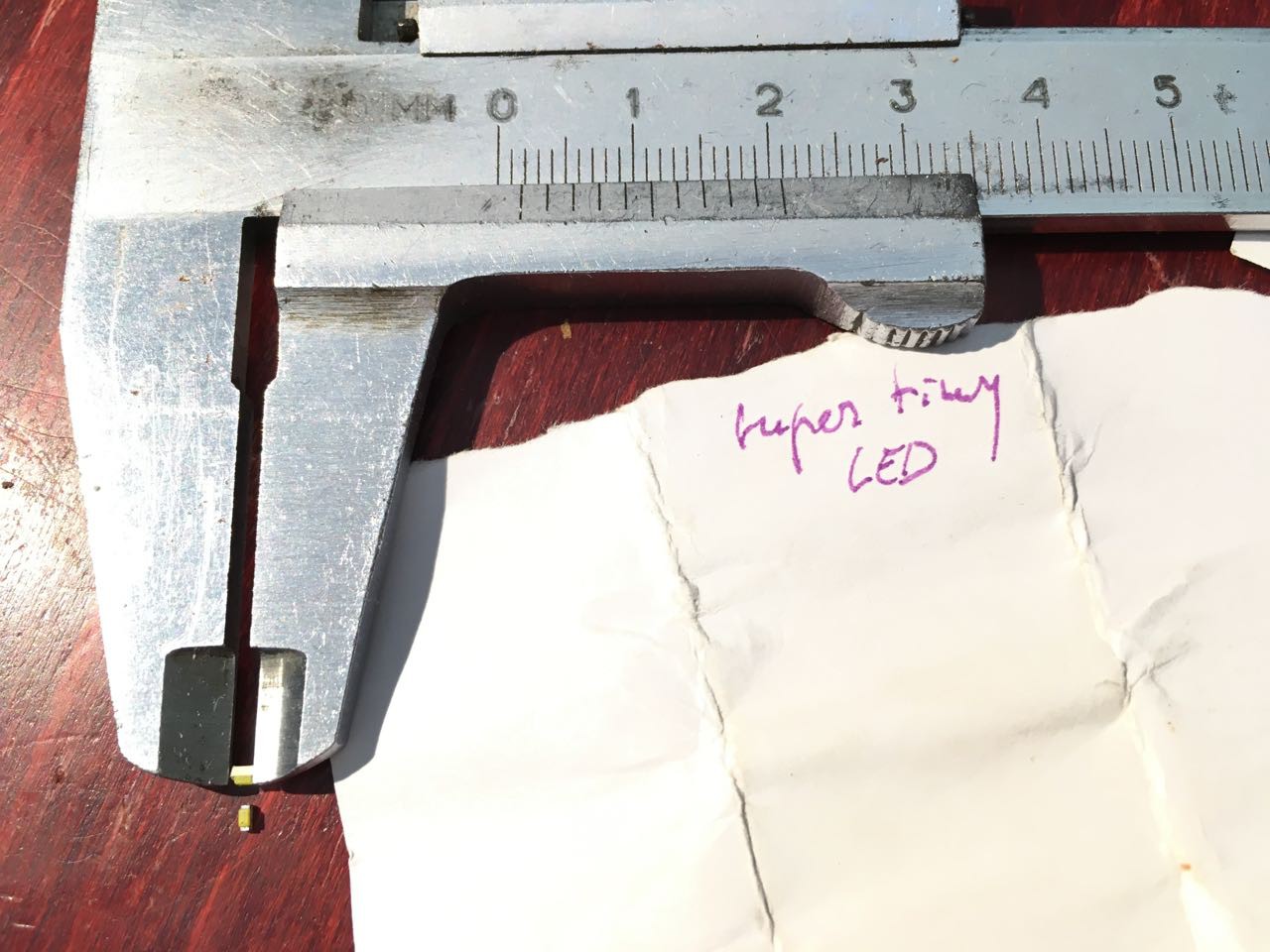

Worlds first?
All it takes is Epoxy gluing a needle to laser focusing lens and some soldering..
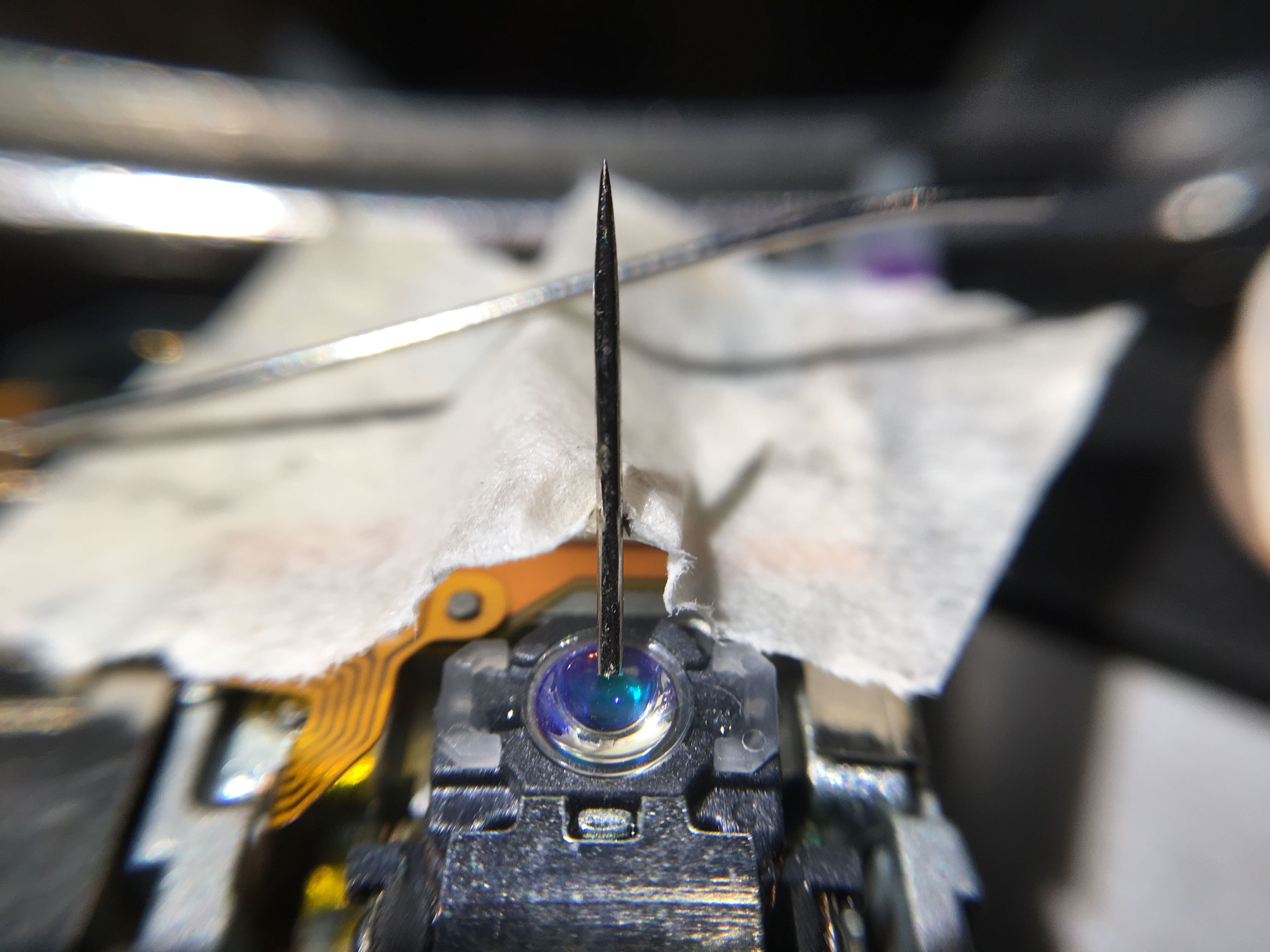
Some soldering & showing off (no magnifying glass used)
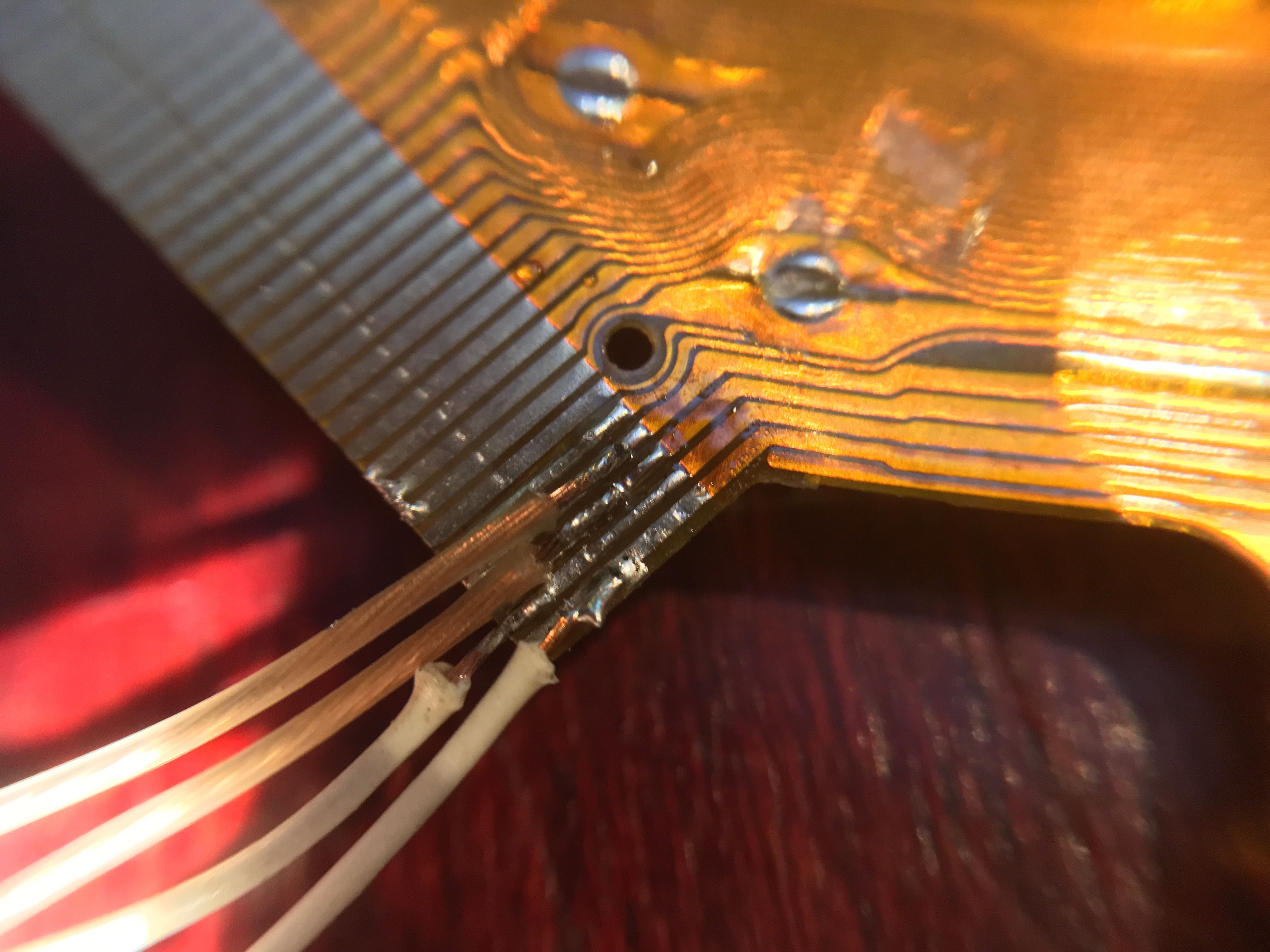
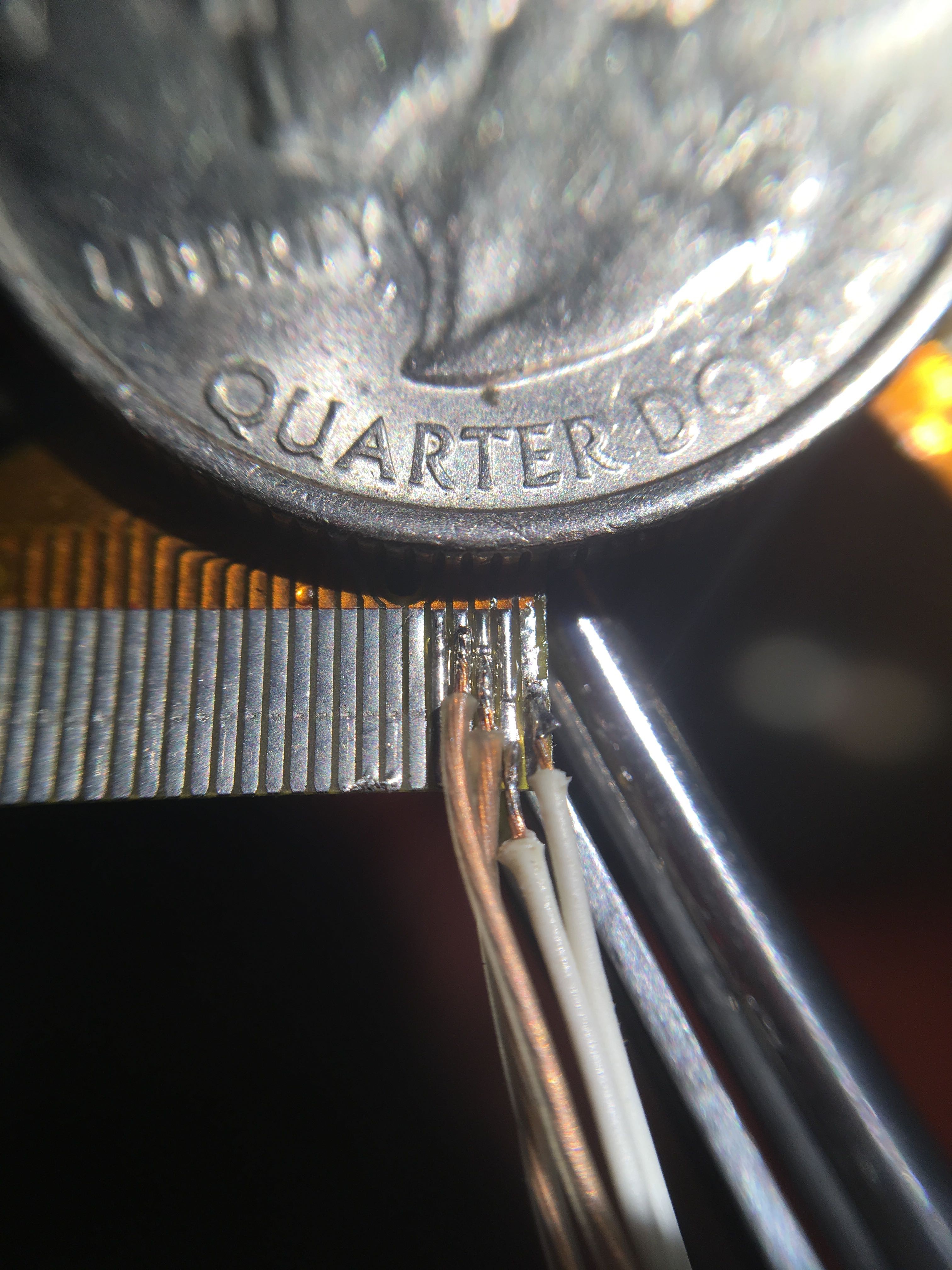

Measuring range +/- 0.256V over 16 bit resolution @ 16x gain, with a 0.0078125mV per step.
One could measure phono cartridge to see if there any magnetic fields present that could affect the sound quality (to get the voltage, multiply the value on the screen with this number, 4k video) Arduino and ADS1115
Related:
https://hackaday.io/project/11865-3d-magnetic-field-scanner
https://hackaday.io/project/12603-3d-vectorfield-scanner-for-magnetic-flux
Also think Hall effect sensors and compas IC's
Create an account to leave a comment. Already have an account? Log In.
No, not yet, sorry if it gave you the wrong impression. While mechanical to optical works, as in DS Audio, I hear that pure optical sampling does not work well on transparent, coloured or picture vinyls.. Finding a specific laser/wavelength might work. On the other hand, playing the stampers in optical way should be quite easy as the surface is reflective/metalic. Will be making a log about it.
Oh I see, I think. You're using the alignment coils to read the position of the lens rather than set it? Or are you using a reflected light beam as an amplifier?
Either way, its a very cool bit of hacking. And that is a nice bit of soldering ;-)
If we are talking about https://hackaday.io/project/25198/log/60708-old-cd-rom-drive-blunt-sewing-needle-phono-cartridge log, the focusing lens is attached to the coils which freely moves along static/glued magnets, allowing to focus the laser. In this case, the action is reversed, where the needle moves the lens and the coils attached to it, effectively turning focusing motor into a moving coil cartridge aka MC.
If we are talking https://hackaday.io/project/25198/log/61795-youve-heard-it-here-first-leds-on-the-cartridge-lighting-up-the-groove log - it's just an idea of using LEDs directly on the cartridge, to illuminate the spacing grooves, making easier to locate the beginning of the chosen track. (Currently, as in the photo, (I only have one record @ the moment,) that does not contain spacing grooves to separate/distinguish between multiple tracks)
Thanks for the compliments, always happy to answer questions ;)
Ahh so the LEDs are just for light, that threw me completely, I thought lights on DJ rigs would be a thing... I guess they are now :-D I'd also describe what you've done as not so much hacking vinyl, but hacking a CD player to play it. Which is delicious btw ;-)
I've seen a guitar tuner that works by flashing red and blue LEDs at the correct frequency on the string. The beat frequencies form distinct phase patterns on poorly tuned strings, and the object of the exercise is to get a parallel line on the string... I must get round to making one, its basically an Astable Oscillator lol. If you converted the audio to flashing colours, the tones used in the recording should be picked out visibly on the grooves as an interference pattern.
One thing sprang to mind regarding optical sampling. How about a high definition camera with some lensing and motor sync?
Thanks for interesting thoughts ;) Saw a video sometime ago, now I see people reproducing it with webcams too
Getting the right shutter speed makes magic pictures
As for optical cameras, I suppose one could use Phantom high speed HD http://www.phantomhighspeed.com
This one is also fascinating at one trillion frames per second capturing light travel
Also optical mouse could be used for tracking https://github.com/JohnRoach/Multiple-Mouse-Movement-Data/blob/master/mmt.py or even as a low res optical cam and other cool stuff, check this out https://hackaday.com/tag/optical-mouse/ & also google
My fascination with lasers, optics, images, manipulation, post production, vfx, sound etc is never ending
On my todo list is vinyl flatbed scan on highest resolution possible
Will try strobing guitar strings too, there are also patterns for turntable http://keystrobe.com/Discs.html :D
I definitely need a microscope!!!
Oh wow, I have never seen the guitar strings done like that before. The tuner works at the same frequency as the string, and only illuminates a tiny bit... Arrgh, now I have to make the light-tuner bigger and add lower frequencies to it lol. Parametry rocks, it's literally what makes the universe tick... ;-) Great videos :-D
Funny you should should mention a microscope, a mate of mine gave me a jewellery inspection magnifier:
I had it apart out of interest, it contains two pairs of lenses with spacers and bushings that fit into round holes in the casing, it wouldnt take much to mount them end-to-end in a tube to get 180X with a webcam on the end of it, and the LEDs on the other... Although,
https://hackaday.io/project/21831-3d-printed-scanning-electron-microscope
:-)
Most flatbed scanners use software interpolation to get up to 1200DPI as advertised, if you find a genuinely high res one it will not be cheap... :-( Great lateral thinking with the optical mouse though. Never played with the insides of one of those myself...
Thanks for the links and ideas, love electrons! As for low cost microscopy it might be easier getting one those with a webcam attached for around £10 claiming 50-500x imaging sensors seem to be improving over time http://www.ebay.co.uk/itm/50-500X-USB-Microscope-8-LED-Digital-Endoscope-Magnifier-Camera-Black-New-Stock-/191951582385?hash=item2cb134b4b1:g:ECkAAOSwnHZYRToX
Here is some more microscopy projects https://hackaday.io/list/12173-advanced-microscope-projects
Beautiful imaging & work by Applied Science:
Here is a fascinating video on LP wear after 50 plays using different wights
Become a member to follow this project and never miss any updates

 frankstripod
frankstripod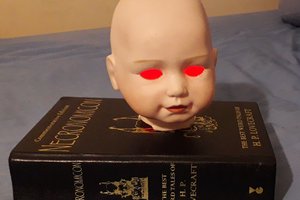
 Keith
Keith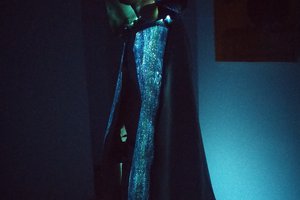
 MDreamer
MDreamer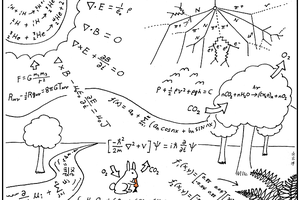
You're sampling the record optically? Groovey... :-)